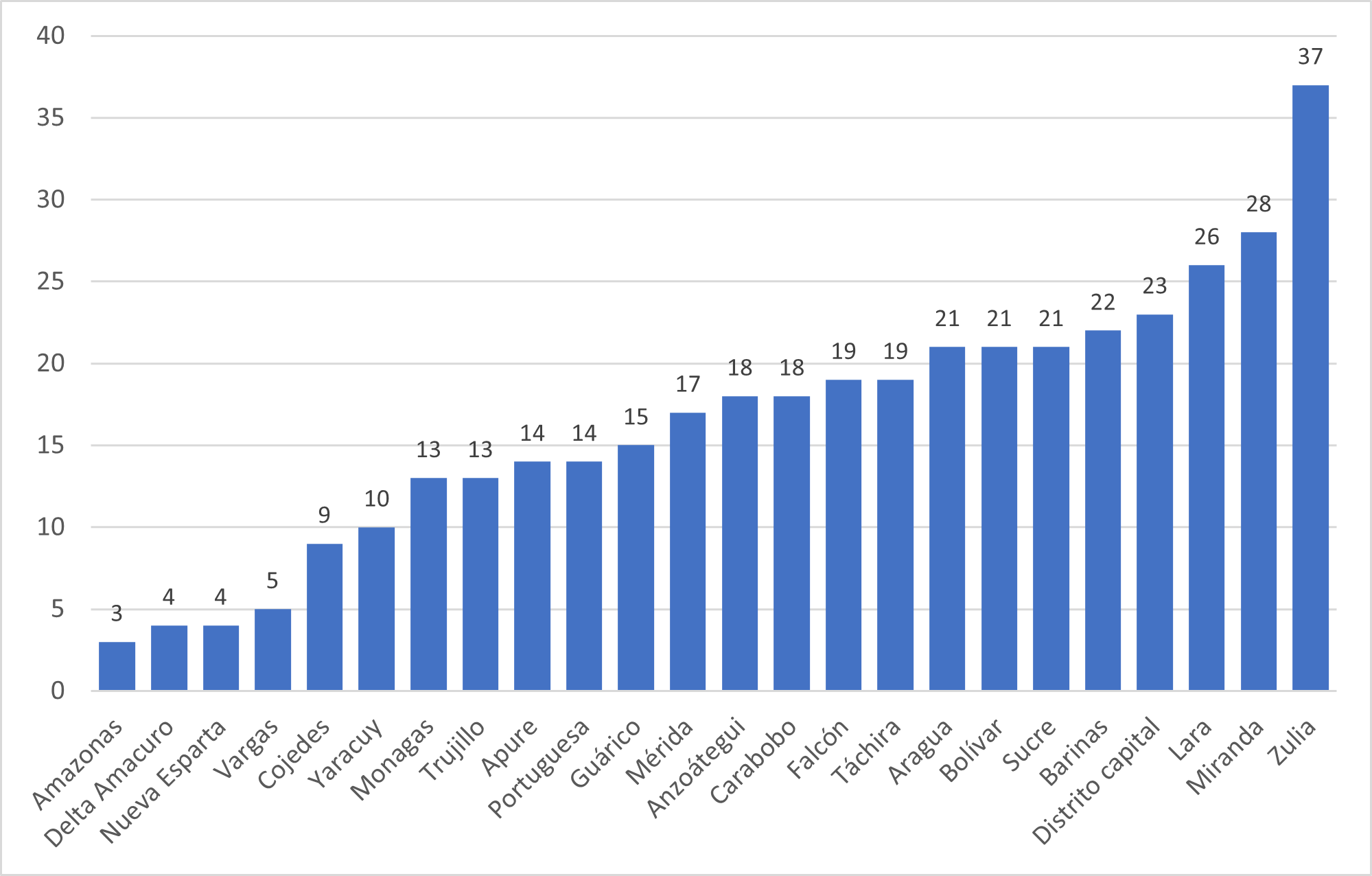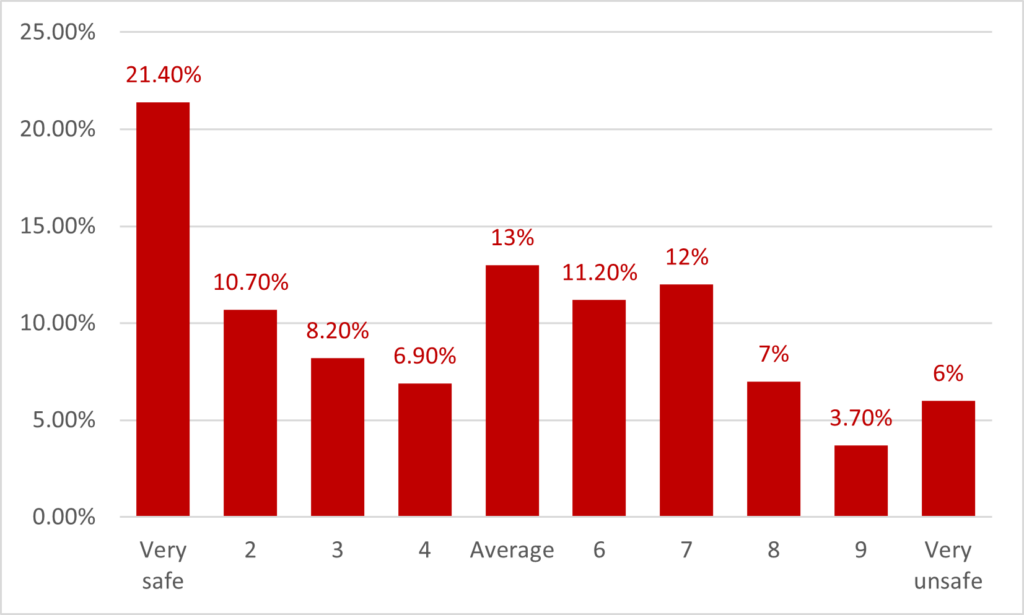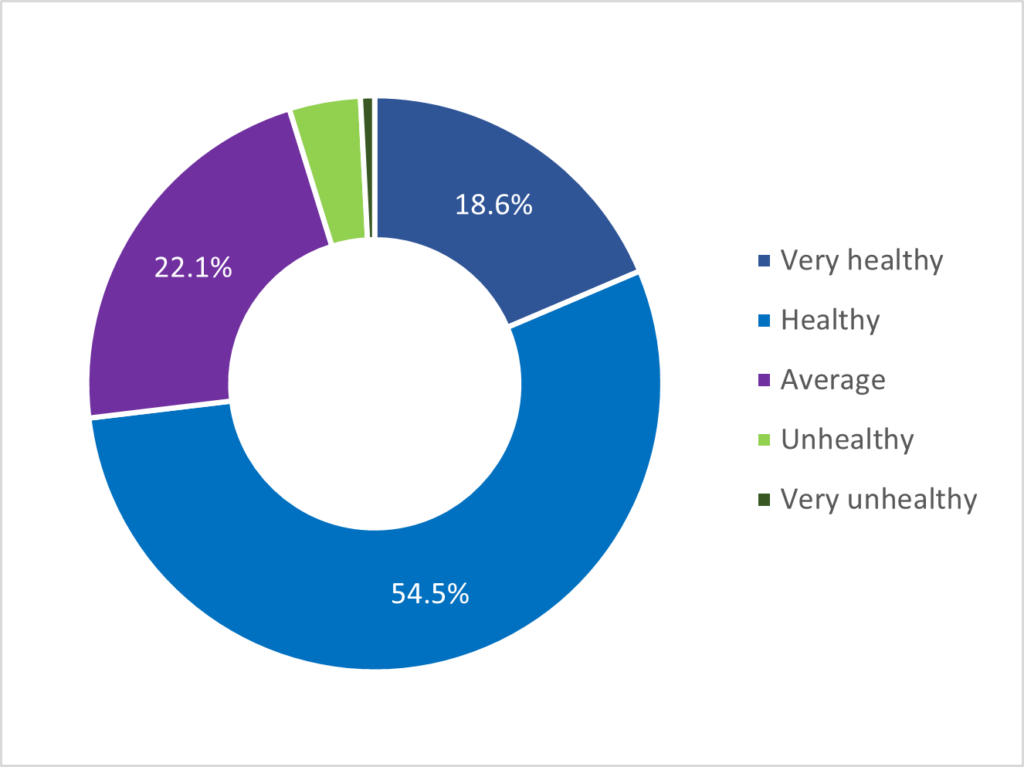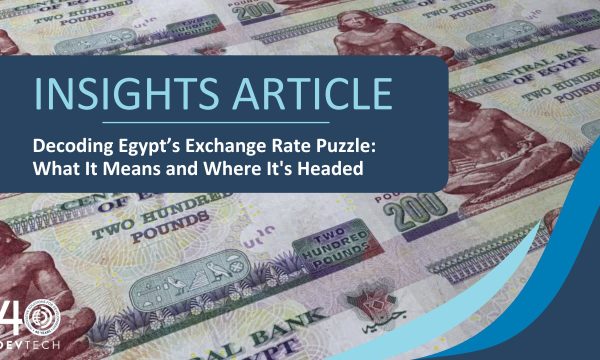Introduction
The National Survey of Educational Establishments 2021 (ENEED21) is a statistical investigation of national coverage aimed at obtaining basic information on the current state of educational establishments in Venezuela. Research for the ENEED21 was led by DevTech Systems, Inc., an international consulting firm dedicated to data-driven solutions for development, and implemented by ANOVA Policy Research and the Andrés Bello Catholic University, with the collaboration of the Carvajal Foundation.
Data collection for the ENEED21 took place in the first semester of 2021 and relied on the use of questionnaires administered to a random and proportional sample of 399 schools across Venezuela’s 24 states; 76 percent of these schools were public institutions. The primary unit of analysis for this study is the educational establishment. For each establishment, the research team collected information related to 856 variables under 30 thematic areas through interviews with qualified informants. Altogether, the population of the sampled schools represents up to 12,500 teachers and 199,000 students. The stratification strategy has made it possible to analyze the main indicators at the sub-national level.
Figure 1: Number of schools per state

Selected Results
Student and Teacher Enrollment
ENEED21 estimates that the number of students enrolled in the national education system went from 7.70 million in 2018 to 6.49 million in 2021, a reduction of 1.21 million students (-15.7 percent). Furthermore, the research team estimates that 44 percent of the young people no longer enrolled in schools (approximately 530,000 individuals) have left the country as part of the wave of migration of the last three years.
In terms of national teacher workforce, ENEED21 found that in 2021, there were approximately 503,000 in the education system. This represents 166,000 fewer teachers than in 2018, equivalent to a 24.9 percent reduction. Approximately 68,000 of these teachers are likely to have emigrated from the country in the last three years.

Infrastructure and Access to Basic Services
The ENEED21 research team collected data on 19 characteristics related to the infrastructure and public services of schools (see Figure 1). The team then analyzed the proportion of schools that presented deficiencies across each dimension. ENEED21 found that in general, Venezuelan schools are seriously lacking in their ability ensure the accessibility and quality of public services. Indeed, 86 percent of schools reported having an acute lack of internet access, 70 percent reported having an acute lack of electricity, and 57 percent reported having an acute lack of water. As for basic infrastructure (classrooms, bathrooms, and drains), while schools are almost universally equipped with such infrastructure, the percentage of schools that report malfunctioning or failing infrastructure is significant. Finally, the vast majority of Venezuelan schools lack complementary infrastructure spaces, such as health services, laboratories, multipurpose rooms, auditoriums and libraries.
Figure 2: Lack of school infrastructure by sub-dimension

Overall, ENEED21 estimates that 69 percent of schools in Venezuela are significantly lacking or deficient in at least 10 of the 19 infrastructure and public service domains tracked by the research team. If only the seven most essential infrastructure sub-dimensions are considered (classrooms, student bathrooms, sports fields, electricity, water, internet and drainage), 84 percent of Venezuelan educational institutions present deficiencies in at least two areas, while 57.5% do in three or more areas.
Security
On a scale of 1 to 10, with 1 being “very safe” and 10 “very unsafe,” the ENEED21 results show that, educational authorities give schools an average safety score of 5.1, right in the middle of the scale. School authorities report that law enforcement officers are rarely present in the areas surrounding schools. The most frequent incidents of insecurity in the vicinity of schools are theft, robbery, and drug trafficking.
Figure 3: Perception of school safety by educational authorities

Transportation
As per ENEED21, the means of transportation most used by students to get to school are “on foot” (83 percent), followed by “public transportation” (10 percent) and “family vehicle” (2 percent). On average, the distance from the educational establishment to the nearest public transportation stop is 659 meters (0.4 miles). Only 2 percent of educational institutions offer some type of transportation service for students and less than 1 percent offer such a service for teachers.
Figure 4: Means of transportation most used by students to get to school

School Feeding, Food Vulnerability and Health
Approximately 90.2 percent of the educational institutions surveyed say they are part of the national School Feeding Program (PAE). Of these, 83.6 percent describe the program as fair to poor. Only 16.4 percent of institutions give it a positive rating. Lack of food supplies and the lack of kitchen implements, are the most important shortcomings of the PAE highlighted by survey respondents as indicated by 90 percent of respondents. Only 32.3 percent of institutions report that the students receive the PAE meals daily, while 31.1 percent of the schools report receiving the PAE only a few times a month.
The ENEED21 research team found that 57 percent of students are not intaking sufficient amounts of one of the three main food groups (carbohydrates, fruits/vegetables, and proteins). One in two students is not consuming sufficient protein. For their part, 38.4 percent of teachers reported a deficiency in the consumption of at least one of the three main food groups.
Regarding the state of health of the teachers that participated in the study, about 40 percent reported having lost weight in the last two years. More than half of teachers reporting weight lost describe having lost more than 5 kilos during the same time period. Approximately 26.9 percent of teachers report suffering from chronic diseases and regularly taking medication, and qualify their general health status as unhealthy. Moreover, 86 percent of teachers state that they do not have any type of health insurance plan.
Figure 5: Teachers’ self-perceived overall health status

The ENEED21 Report and Data
This policy brief presents a partial selection of some of the findings from the National Survey of Educational Establishments 2021. For a greater level of detail, please consult the final report, which can be accessed at the web address included below. ENEED21 survey data is also downloadable from the same address.
Access a PDF version of this policy brief HERE. Access a Spanish version of this policy brief HERE.








